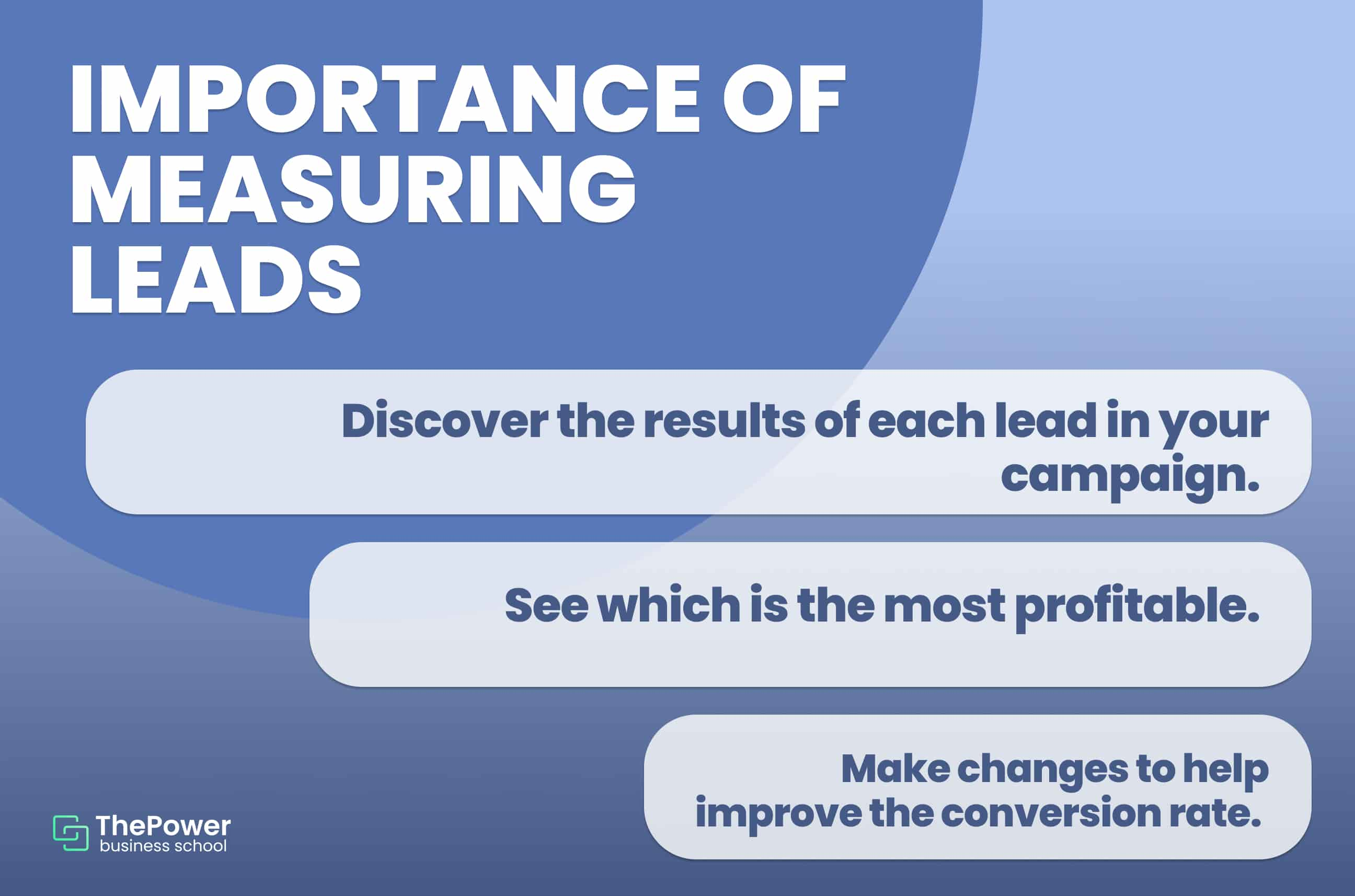Lead Analytics | Understanding the Journey of a Lead

Franco Brutti
Knowing how to analyze leads is an art. That's why Lead Analytics is the best way for a company or business to measure its marketing efforts and successfully track each campaign.
You know that leads are business opportunities that your company needs in order to monetize its efforts.
But how can you know the results of campaigns if you don't discover the numbers behind each lead?
Unpredictability is the enemy of business growth, so forget about uncertainty. It's time to create a detailed plan for your business to make that leap you've been longing for.
Let's take a journey together to see what lead analytics is and its importance for your business!
What is lead analytics?
Lead analytics is the analysis of each of the leads you have in your campaign.
When you launch this type of project there are tools that show you the metrics behind each result. This way you can measure the efforts you have made and make the appropriate changes.
The truth is that lead generation is a fundamental activity to make the company's numbers profitable. But, there is one detail, and that is that not all leads are users or potential customers.
That's why we measure each lead, to verify its quality and determine the interest that this client has in our project.
Importance of measuring leads
If you don't measure the leads of your campaign it would be like working with a blindfold on, you won't know what's going on around you.
It's not about desperately launching leads and hoping that users will magically click on the link. You have to study user behavior to see what results you are getting.
Some of the reasons why you should do a leads analytics are:
Discover the results of each lead in your campaign.
See which is the most profitable.
Make changes to help improve the conversion rate.

Metrics to take into account in leads analytics
Do you want to know the real efficiency of your leads? Let's take a look at some metrics that can help you:
1. Interactions with your content
First we have to see how leads interact with the content you put on your blog.
It's important to analyze the user's behavior every time they see your content, whether they register through a link, add products to their shopping cart or leave.
Depending on the interaction they make, you'll know what you have to change. A user who downloads an ebook is not the same user who just leaves a comment on your blog post. Take this into account before changing your strategy.
2. Sales funnel
A customer's buying process goes through a series of phases that interact with each other until the final decision is made.
These phases can be divided into:
Unqualified lead: The user gives his data but doesn't have the intention to buy yet.
Qualified lead for marketing: There is interaction with the brand, but no purchase has been made yet.
Sales-qualified lead: The user who is ready to buy your product.
So, potential customers are in the last phase, but you must make an effort throughout the process to get more users to reach that stage.
3. Leads' actions
Before buying, users take very specific actions, something you can follow up on to detect a potential customer.
For example, many see a specific article in your blog because it solves doubts about the product you sell. Others watch a video or directly add the product to their shopping cart.
4. Demographic details
You can't imagine how important a user's demographic details are to your business!
You'll get this when they leave their information to download a free material. Here you will see their city of residence and some other characteristics that will help you improve your offer.
Also, age is of great importance to know if the product or information you offer fits their characteristics. Take note and never underestimate this indicator.
5. Engagement
Nowadays, many specialists indicate that engagement is one of the most relevant metrics for any business.
We define it as the engagement that a user has with a brand, so the higher the engagement, the more profitable your lead analytics will be.
Pay attention to users who always read your blog articles, leave comments and like your posts on social networks, they are the most likely to buy your products.
6. Leads origin
We cannot forget about the origin of the leads. It's about analyzing where each of the users who click on the link come from.
They may come from Google through an organic search, from a mobile phone, or through social networks.
You will then be able to draw common patterns and adjust your strategy to attract these types of users.

Importance of leads for my company
Leads are the basis of any inbound marketing strategy, so it's essential to create campaigns that encourage users to register on our links.
Our products may be the best in the market and they may be able to solve the problems that the customer is experiencing, but if they are not convinced that this is the case, there will never be a purchase.
Focus on creating lead magnets, so that they work as a magnet to subscribe to your newsletter, downloadable material or watch that video that will help them in their buying process.
As you've seen, there are several stages to go through before a user feels ready to buy. Well, with a lead campaign you will increase the probabilities of sales, but it's necessary to do a correct analytics work to optimize the results.
Have you already done the leads analytics of your campaign? If so, show us your results, we want to know how you achieved the success you did.
Looking for something specific?






